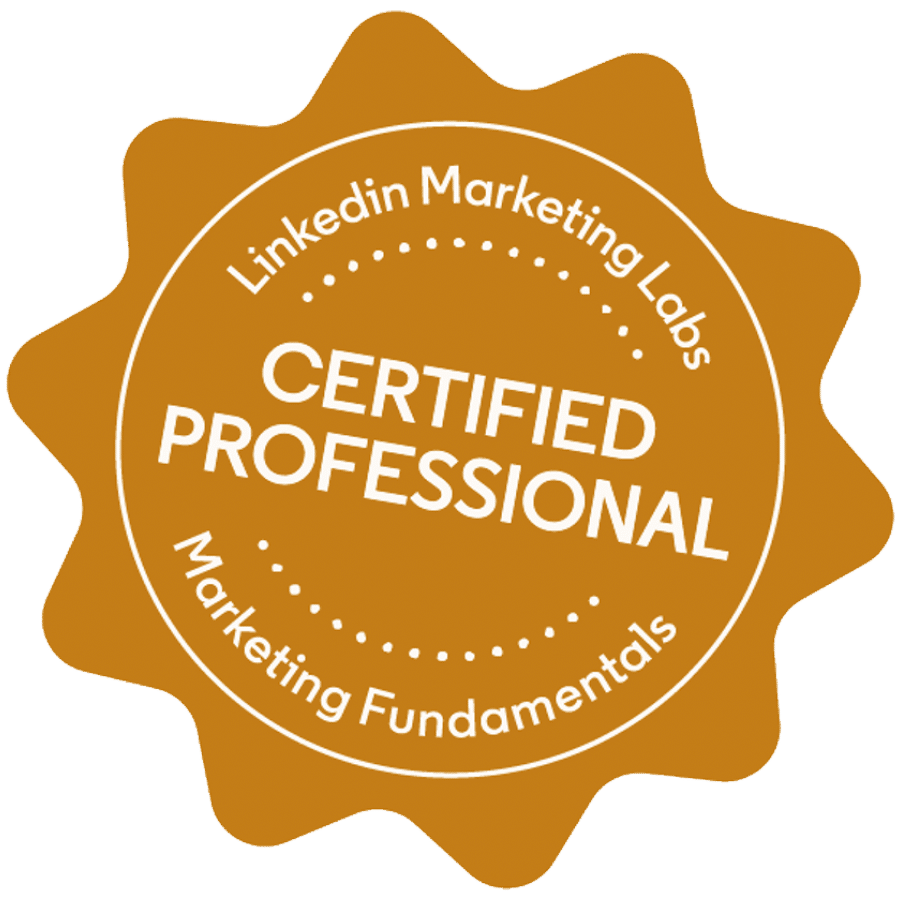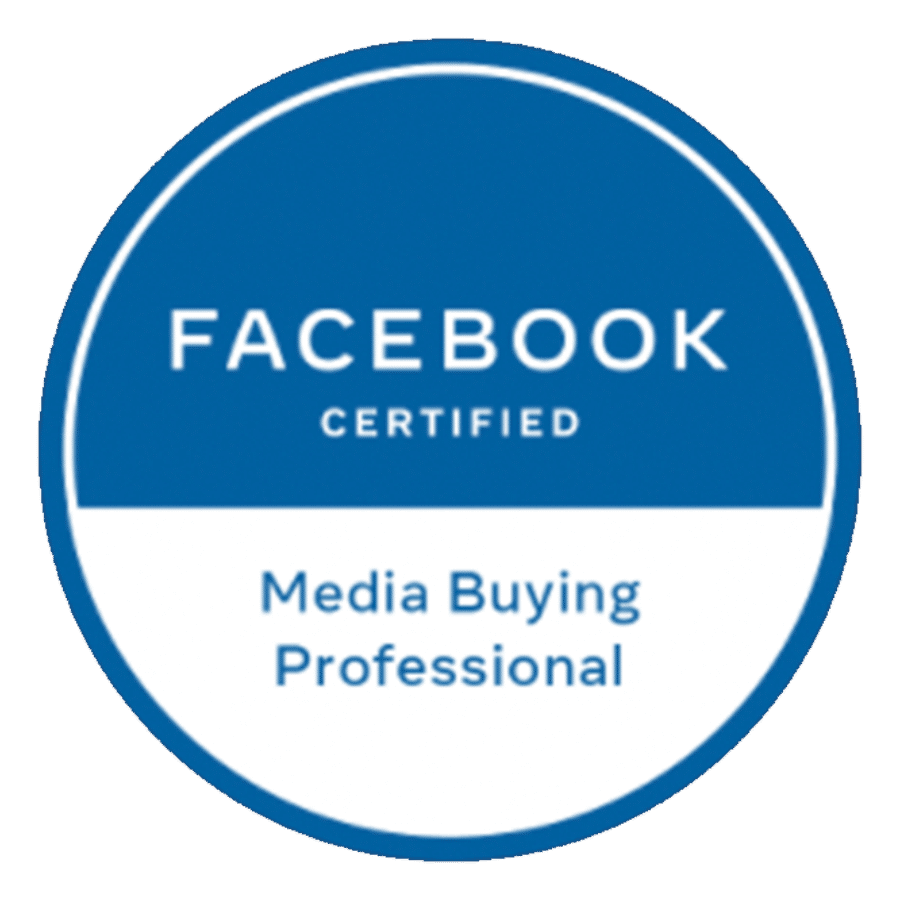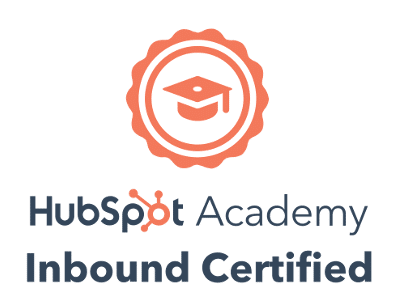For any B2B company that’s pushing to generate leads, it’s essential to identify which leads are ready to go to sales and which ones marketing should continue nurturing. This is where a lead scoring model has to be established. It is important to note that 50% of leads who come through the pipeline are not yet ready to buy yet.
Before we dive in, let’s take a look at some stats that highlight the importance of why having a lead scoring model for marketing and sales is so crucial for overall success:
- 93% of B2B buying processes start with an online search.
- 93% of B2B companies say content marketing generates more leads than traditional marketing strategies.
- 68% of B2B companies will use landing pages to nurture new sales leads for future conversion.
- 74% of companies say converting leads into customers is their top priority.
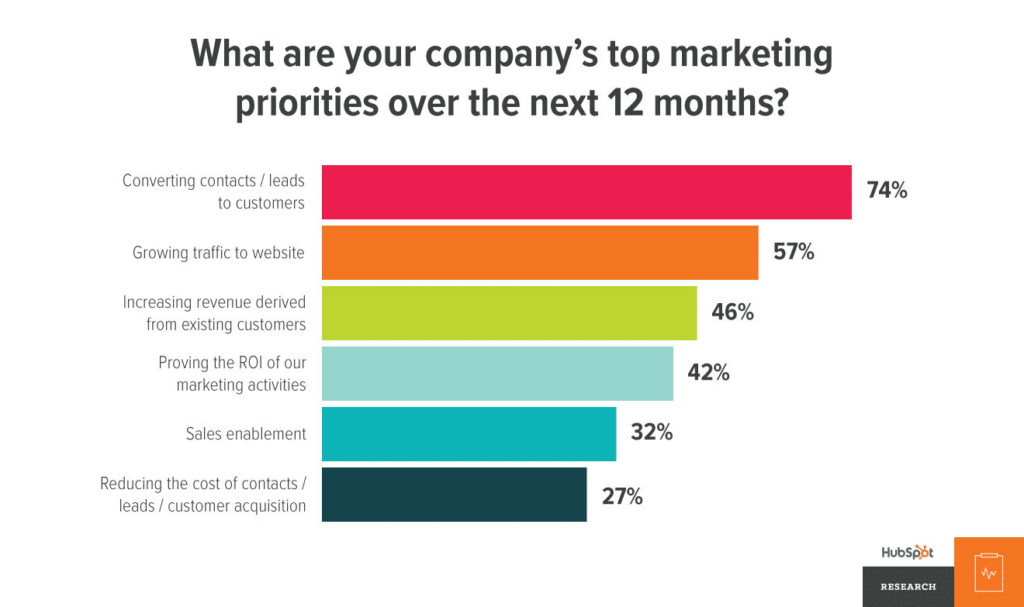
Given all of these stats, it’s clear that not only is lead generation a key factor for growth, but also for nurturing those leads into SAL, SQL, opportunities, and ultimately, closed deals. As such, one of the most supportive ways to track and measure all of these steps in alignment with the entire buyer journey is lead scoring.
Getting Started with Lead Scoring
Where exactly can you start with building out a lead scoring model that will work for your business? The short answer: historical data.
By using historical data, you have a starting point for common themes that have led to a sale via attributes, behaviors, and touchpoints. Understanding these things will make it easier for you to set up a lead scoring model, as well as a process that will align your marketing and sales teams.
As you develop this model, it’s also important to ensure that you are implementing both negative and degradation scoring as part of your entire lead scoring model. By wanting to understand who’s most interested and likely to buy from you, you also want to rule out those who are not the best fit.
Quick Tip: Not sure where your traffic is coming from? Check out this organic traffic insights tool from SEMRush. It can tell you what keywords are sending visitors to your site and where you can maximize your strategy to keep people on-site. Try it today to get the data you need to successfully run your campaigns.
Attribution Should Be Integrated
Implementing a solid attribution model that is integrated with your lead scoring practices will help you with the following key factors:
- Understand which channels trigger the action you want from your target audience.
- Figure out where you should allocate more of your marketing dollars.
- Discover key engagements that drive quality leads that become a closed sale.
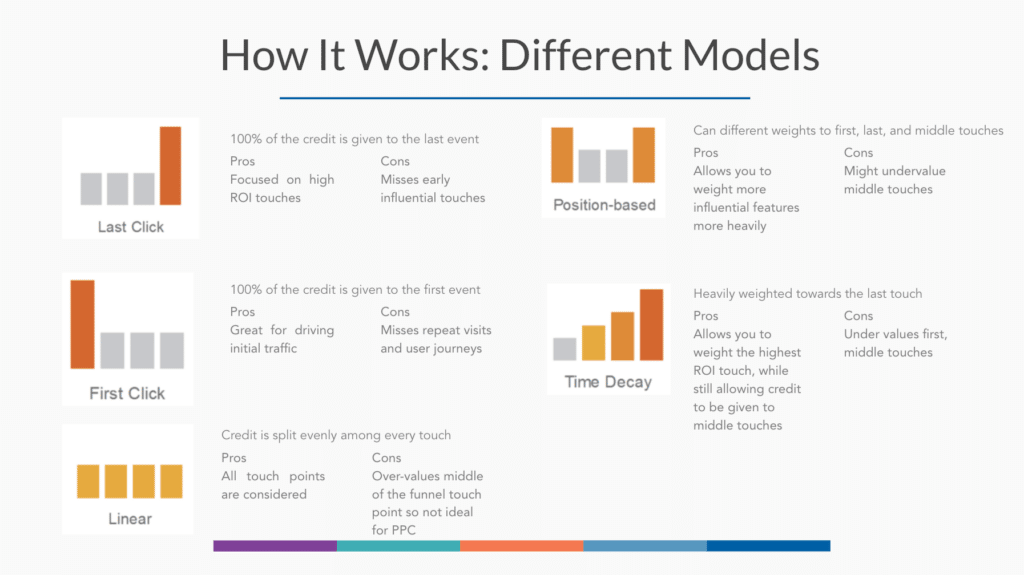
There are a ton of different ways to look at attribution, and rather than just choosing one, I would recommend more of a hybrid approach that aligns with the buyer’s journey. By doing that, you won’t have to focus on just a linear path of attribution, but you can then do the following:
- Look at all of the marketing initiatives being implemented to drive demand and leads.
- Make sure you have a way of understanding what happens within each initiative and which one pushes visitors to leads to SALs/SQLs and so on.
- Know where people get stuck and how providing valuable information can keep them on the journey to becoming a customer.
- Once a visitor becomes a lead, assign scores that are relevant and can provide a good feedback loop for marketing and sales to communicate, as well as collaborate.
- Take on a growth hacking approach where you A/B test as much as you can to figure out what really works when it comes to generating revenue.
Lead Scoring Models to Implement
Implementing the following lead scoring models are going to be critical to making sure that you are not only segmenting and nurturing leads correctly but that you are meeting them wherever they are in the buyer’s journey itself. Your overall lead scoring model should be discussed openly and agreed upon by both marketing and sales. That way, you can reduce friction and confusion around when a lead is sales-ready.
Threshold
Establishing the right balance regarding your lead scoring threshold is pertinent to know when a lead is sales-ready. Having a threshold that is too low can have its drawbacks because leads will be qualified prematurely for sales. On the other hand, having too high of a threshold can also mean that qualified leads are sitting in the wrong queue too long and not being followed up promptly. There are several ways you can look at this, and I typically try to make it simple while also considering the buyer’s journey as well.
Here are two examples to consider:
- Content download → becomes MQL and is nurtured until it hits a threshold of 100 points. At that point, if the lead still hasn’t expressed interest in moving forward, find out why, and adjust points accordingly.
- Demo request → pushed straight to SQL for sales to follow up.
Moreover, you can also set rules around notifications for each threshold you do set up so that once a lead hits that number, you can look to gain more insight on why they haven’t moved ahead, what more they might be looking for, and what you may need to do on your end to make the purchase journey more attractive to prospective buyers.
Behavioral
With both implicit (content downloads, website visits, email click-throughs and opens, demo requests, etc.) and explicit (title, role, company name, industry, geographic location, etc.) data points that can be collected, you can easily narrow down your own criteria. Once you have these criteria in place, you can attach points based on behavioral actions that follow.
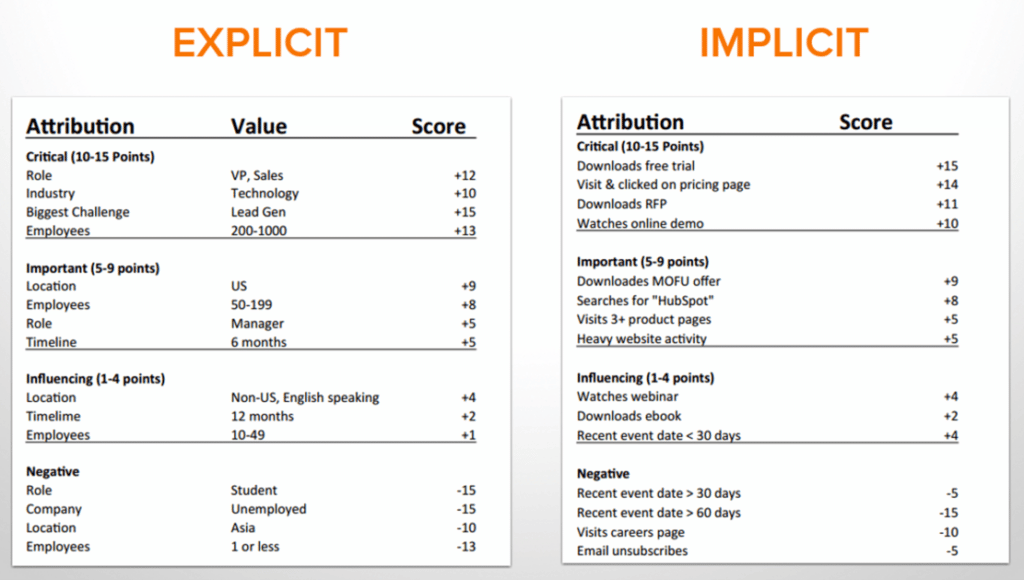
What behavioral lead scoring helps with is your ability to then customize their journey with your product/service — meaning that if a prospect downloads a white paper on “data security” and goes on to visit your product pages specifically about that, you can then put them into an automated workflow that includes content about that area.

Negative
Weeding out leads that don’t fall under the type of personas you are trying to reach is going to save you a ton of time and money. Here are some clear examples of leads that may not be a good fit:
- Come in through your careers page and peruse openings you have.
- You’re going after enterprise companies and the lead is a local, small business owner.
- Anyone who unsubscribes from your email list.
- Not opening any emails.
- No revisits and any other action thereafter.
- Does not fit in the industry you service. There is such a thing as a “bad sale,” so don’t go chasing every dollar because you could eventually pay for it in the long-term, since they may constantly want your product to do something it does not.
Depreciation
Not every single lead that comes in is going to continue being active. For instance, if a lead comes in after downloading multiple content assets and then does nothing thereafter, it’s okay to depreciate their score. There’s no point in pushing a stagnant lead to buy from you because it’s already obvious by their lack of action that they are nowhere near becoming sales-ready.
Here are some criteria to consider:
- Once a lead becomes inactive for 30 days, they lose 50 points.
- If there is no activity after 90 days, they go back to zero.
Automate and Personalize
Businesses, and specifically marketers, say that the biggest benefits of automation are saving time (74%), increased customer engagement (68%), more timely communications (58%), and increased opportunities, including up-selling (58%).
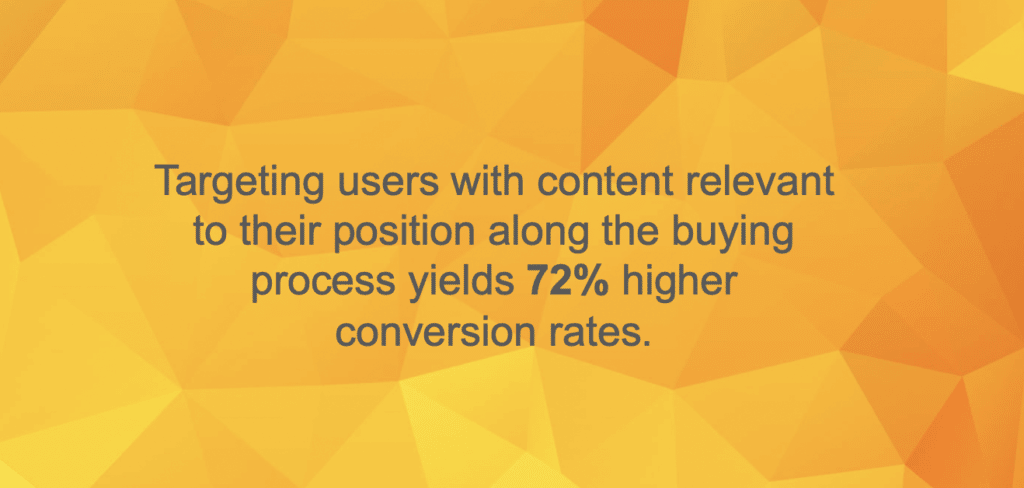
Automation in and of itself can be looked at simply as triggering emails based on actions, but I recommend encompassing it all as part of the lead nurturing and scoring (see sketched image below). After all, companies that excel at lead nurturing generate 50% more sales-ready leads at 33% lower cost.
Tangible to this, 95% of companies that saw 3x ROI from their personalization efforts increased profitability in the year after their personalization efforts. Personalization can reduce customer acquisition costs by up to 50%.

Know that both automation and personalization are driven by the intentional strategy to increase pipeline growth. In order to effectively make this happen, lead scoring must be a major part of the entire process. Without it, you won’t have the ability to understand exactly where the gaps are and how to improve.
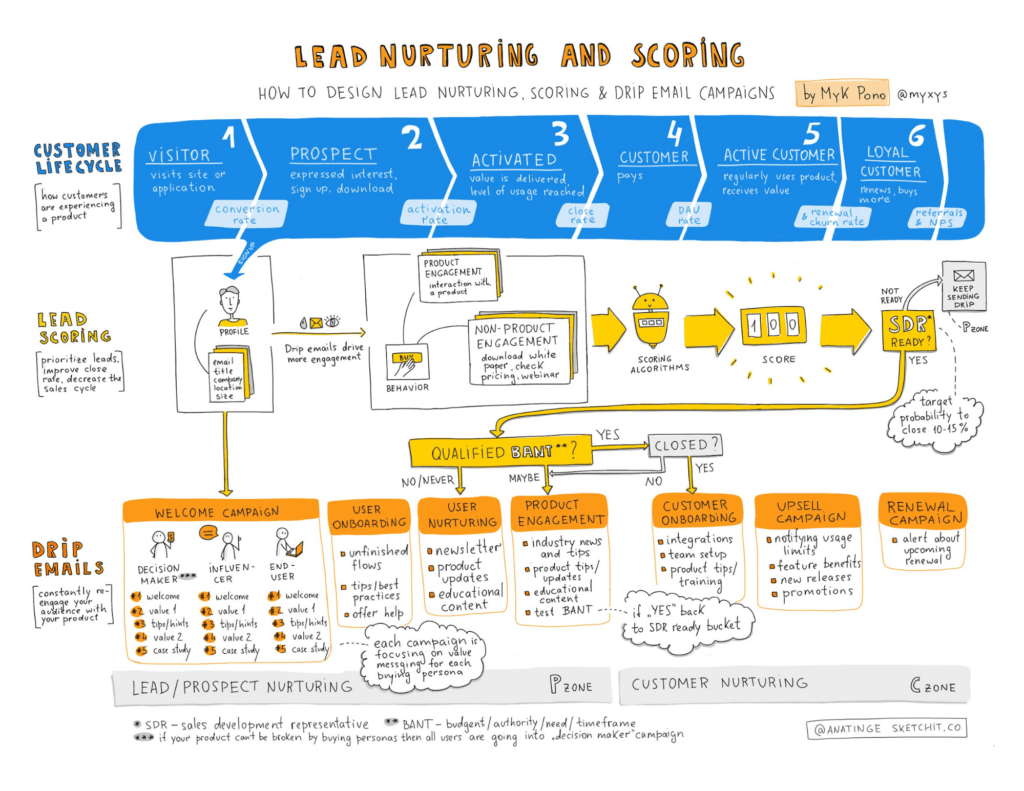
Automation and personalization can be simple if you have the right tools. I recommend Hubspot to my clients because of its robust features and scalability. Hubspot has email marketing capabilities, specific marketing and sales hubs, and a customer service hub. Check out their offerings here — you can try the email marketing software for free!
Wrapping It Up
As you continue refining your lead scoring model, you’ll soon collect enough information and data sets that will allow you to execute a more predictive lead scoring model. What this means is that you’ll have reliable data to help you figure out which leads in your database are likely going to buy from you based on the actions they’ve taken.
Keep in mind that having a solid lead scoring model in place means that your sales and marketing teams can focus on high-value tasks with a higher return on investment. This then takes them away from doing ‘busy’ work that doesn’t contribute to the bigger picture and goals.
Finally, be flexible with your approach because you can easily make tweaks where it makes sense. However, be stubborn with what it is you’re trying to achieve, such as building an awesome product that people will actually want to adopt and building a great team that people want to buy from.
Disclosure: Please note that some of the links above are affiliate links. I only recommend products and services that I use and stand behind, and if you decide to try them, I will earn a commission at no cost to you. Doing so helps me run this blog and provide free content for you, my readers.





